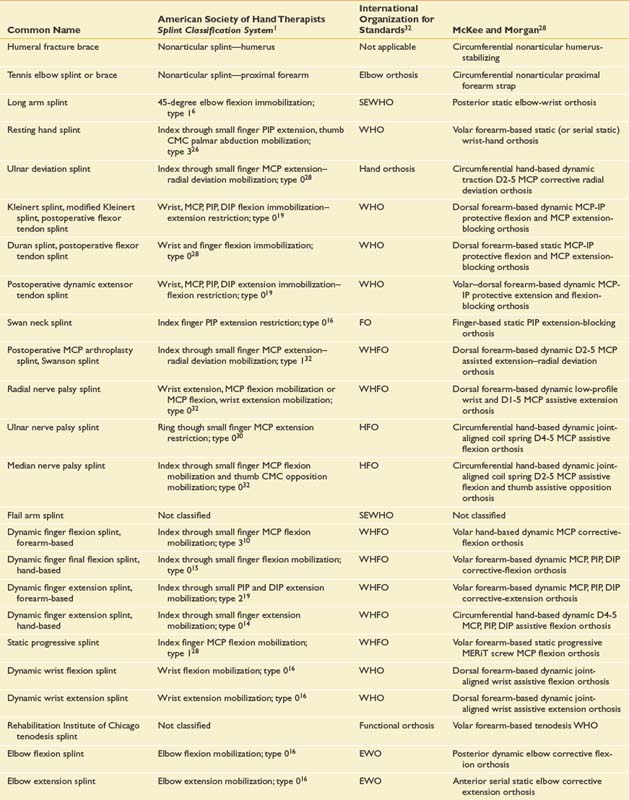

3 Wrist flexion contractures develop rapidly after stroke in people who have no early movement recovery. Use the SilverRing™ Boutonniere Splint to correct a mild to moderate non-reducible boutonniere or mallet finger contracture (less than 25 degrees). Stroke Exercises Finger splints are available as commercially prepared products that are generally fashioned from aluminum and foam.

The orientation of the spacer between the two rings holds them farther apart for better leverage at a more comfortable angle.
SERIAL STATIC SPLINT SERIAL
HOW LONG SHOULD I SERIAL CAST A FINGER? Dupuytren's contracture cord of the DIP joint (a, b). FixxGlove orthosis is a static extension night orthosis/splint that is easy to put on and comfortable to wear. Sometimes it happens as quickly as within four days. Immobilization splints usually are applied to the proximal interphalangeal joint to prevent injury, to allow healing of injured or repaired tissues, or to externally reinforce various types of surgical hardware used in internal fixation.

Comfortable night orthoses designed for post-surgical management of Dupuytren’s contracture.

A quick and easy finger flexion cuff to increase passive PIP and DIP range of motion can simply be made from Orficast 3 cm (1″). Health research suggests that static hand splints are ineffective, an insufficient form of treatment, may cause joint damage and recent studies show negative results materializing from using them. Will flex supple joint to approximately 80° (not recommended when edema is present). The wearer can adjust this splint to hold the finger in position and provide varying degrees of extension mobilization. Cart Easy-to-use finger extension splint. Proximal interphalangeal joint (PIPj) flexion contractures are a common clinical problem seen by hand therapists and orthopaedic surgeons after various types of injury to the finger. 2 Contractures of the arm are more prevalent than those of the leg. Hemiplegia is often associated with contracture. Gravity Compensation Dupuytren contracture is a fairly common disorder of the fingers. Evaluation includes a general musculoskeletal examination as well as radiography (oblique, anteroposterior, and true lateral views). There's no cure, but your fingers can be straightened if it's severe.
SERIAL STATIC SPLINT FREE
Free Online Continuing Education Courses for Therapists. Stage I contractures can develop within a week of suffering a stroke. Using a static splint may also lead to joint deformity, pain, and, ultimately, contracture. Use the SilverRing™ Realignment Splint for enlarged or fusiform-shaped PIP joints. Both types of splints can be recommended for flexion contracture of rheumatoid fingers, depending on patients' preferences and comfort. There are many techniques that can be implemented to increase mobility throughout the joint. Offering high levels of patient satisfaction and compliance, static progressive splinting has come to the forefront of clinical practice.Fig 1 Contractures of the metacarpophalangeal and proximal interphalangeal joints of the ring finger and little finger of the right hand. The unique mechanics of this splinting approach are described, and the various methods of achieving static progressive splinting are compared. It offers many examples of static progressive splinting and makes clear that this approach can be used with any mobilizing splint design. This article discusses static progressive splinting indications, contraindications, and advantages as well as guidelines for a splinting regimen. Static progressive splinting combines precision in joint position and torque application with patient-controlled stress to create an approach powerful enough to succeed when no other treatment approach does. As tissue lengthens in response to this carefully applied stress, the clinician or wearer adjusts the joint position to progress tissue at the new maximum tolerable length. It maximizes total end-range time, thus increasing passive range of motion. Static progressive splinting is the use of inelastic components to apply torque to a joint in order to statically position it as close to end range as possible.


 0 kommentar(er)
0 kommentar(er)
